Resetting Forgotten Windows 10 Password with a USB Flash Drive
- Home
- Support
- Tips System Rescue
- Resetting Forgotten Windows 10 Password with a USB Flash Drive
Summary
Has your Windows 10 password slipped your mind? No need to panic! In this article, we'll explore various methods to reset your forgotten password using a simple USB flash drive. Say goodbye to password woes and follow our easy guide to regain access to your Windows 10 account.
Table of contents
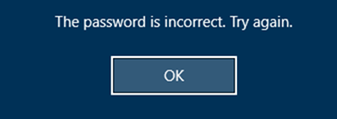
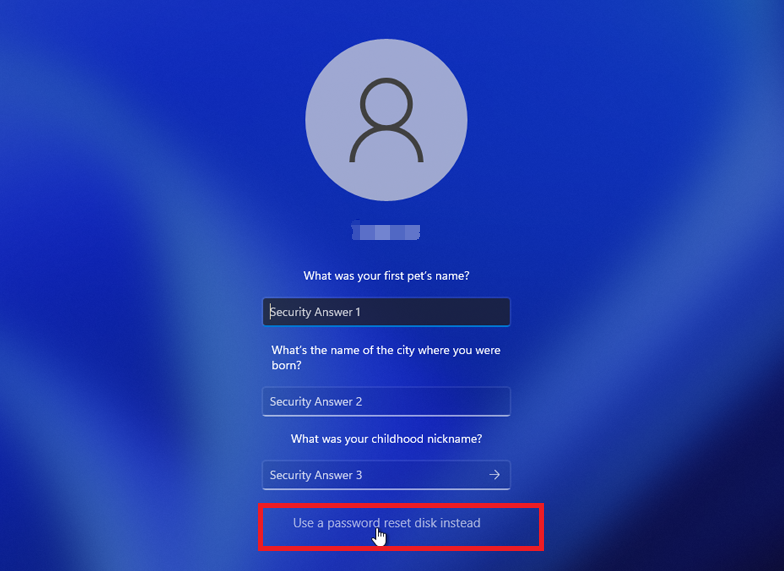
Note: To reset the password of the current account, you must use a password reset disk created specifically for that account. Using a password reset disk created for another account will not work.
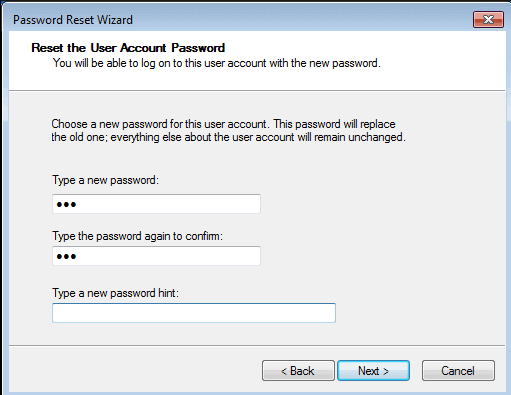
Start by downloading Renee PassNow from the official website and install it on a different computer that you can access. You can choose the appropriate version based on your computer’s operating system.

Remove Windows Login Password 3 steps for whole password remove process.
Recover the files Recover the deleted files without Windows system.
Transfer the data Transfer the important files of the computer with system.
Fix Windows startup error Fix various Windows startup failures or crashes.
Erase disk Completely erase disk files which will not be restored.
Remove Windows Login Password 3 steps for whole password remove process.
Recover the files Recover the deleted files without Windows system.
Transfer the data Transfer the important files of the computer with system.
Launch Renee PassNow and insert a USB flash drive or blank CD/DVD into the computer. Select the option to create a bootable media. Follow the on-screen instructions to complete the process.
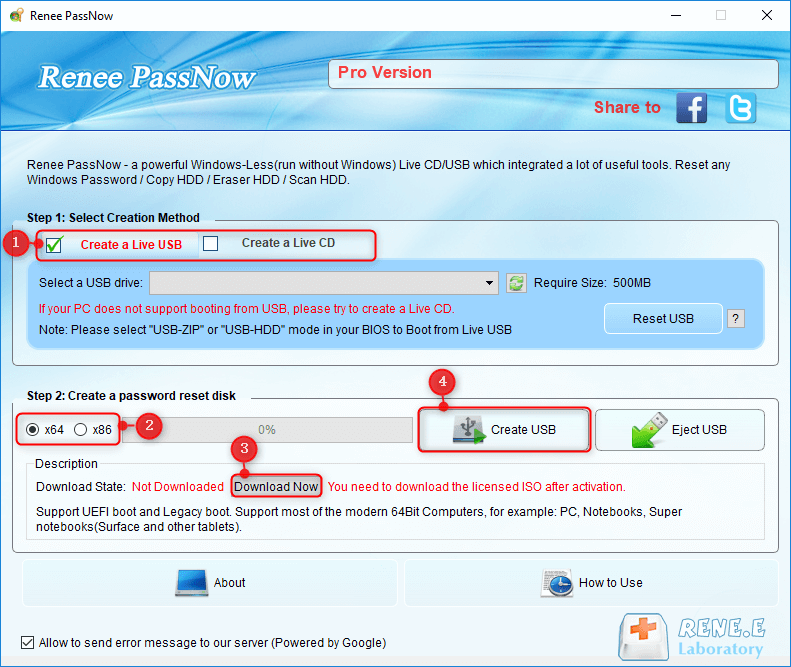
Insert the bootable USB or CD/DVD into the locked Windows computer. Restart the computer and enter the BIOS settings by pressing the appropriate key (usually F2 or Delete). Configure the boot order to prioritize the bootable media.
| Server Type | Enter boot menu method |
|---|---|
| DELL | Press the F12 key repeatedly before the Dell logo appears on the screen. |
| HP | Press the F9 key multiple times when the HP logo is displayed. |
| BIOS Name | Enter boot menu method |
|---|---|
| ASRock | DEL or F2 |
| ASUS | DEL or F2 for PCs/ DEL or F2 for Motherboards |
| Acer | DEL or F2 |
| Dell | F12 or F2 |
| ECS | DEL |
| Gigabyte / Aorus | DEL or F2 |
| Lenovo (Consumer Laptops) | F2 or Fn + F2 |
| Lenovo (Desktops) | F1 |
| Lenovo (ThinkPads) | Enter then F1 |
| MSI | DEL |
| Microsoft Surface Tablets | Press and hold Power and Volume Up buttons |
| Origin PC | F2 |
| Samsung | F2 |
| Toshiba | F2 |
| Zotac | DEL |
| HP | Esc/ F9 for `Boot Menu`/ Esc/ F10/ Storage tab/ Boot Order/ Legacy Boot Sources |
| INTEL | F10 |

After successfully booting from the bootable media, Renee PassNow will load. Select “PassNow!” function after booting from the new created Windows password reset disk.
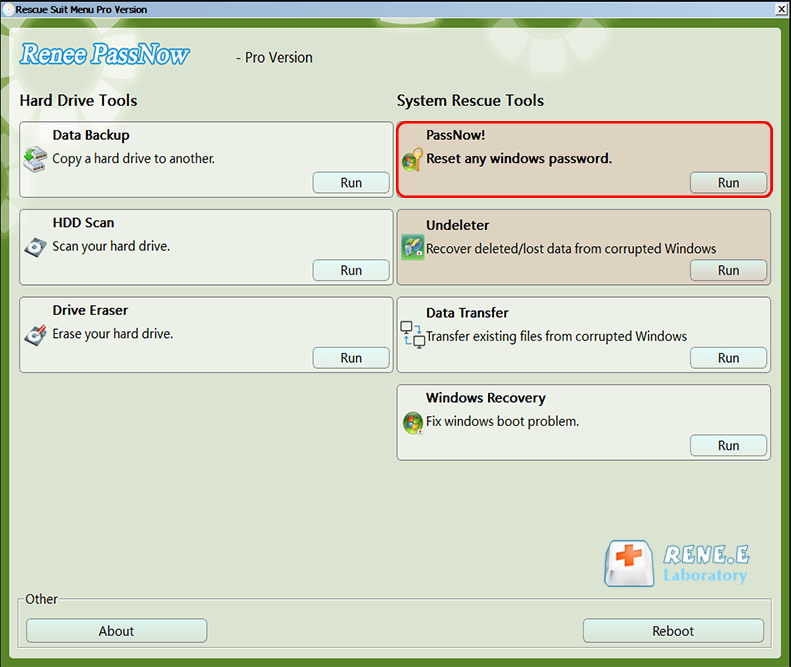
Choose the user account for which you want to reset the password. Then, click on the “Clear Password” button. Renee PassNow will remove or reset the password for the selected user account.
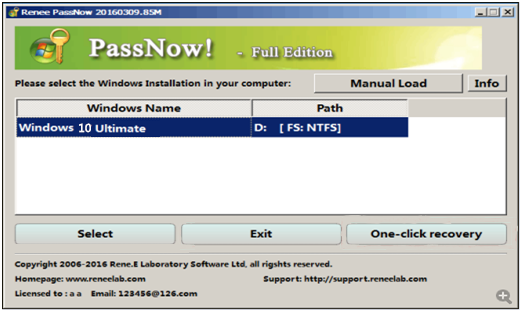
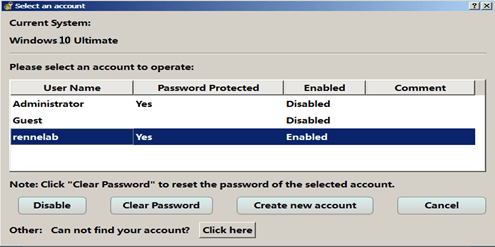
Once the password is reset, remove the bootable media from the PC and restart the computer. You will now be able to log in to Windows Account without a password.
| Windows Version | Download Link | Requirement |
|---|---|---|
| Windows 7 | https://learn.microsoft.com/lifecycle/products/windows-7 | PC with a working Internet connection/ a blank USB flash drive or DVD with at least 8 GB of available storage space/ a product key |
| Windows 8/8.1 | https://www.microsoft.com/software-download/windows8 | Same to above |
| Windows 10 | https://www.microsoft.com/software-download/windows10 | Same to above |
| Windows 11 | https://www.microsoft.com/software-download/windows11 | Same to above |
move c:\windows\system32\utilman.exe c:\windows\system32\utilman.exe.bak
copy c:\windows\system32\cmd.exe c:\windows\system32\utilman.exe
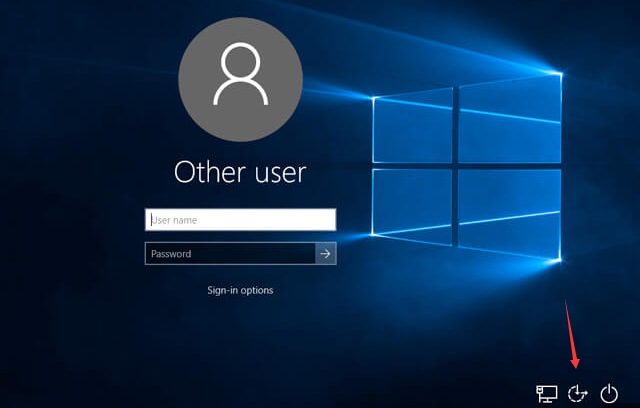
net user username newpassword
copy c:\utilman.exe c:\windows\system32\utilman.exe
- Allows you to reset a forgotten Windows 10 password
- Enhanced security with a new password
Cons:
- Requires a Windows 10 installation disk or USB drive
- May be complicated for inexperienced users
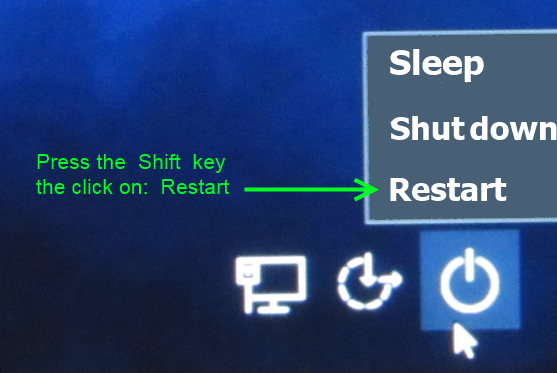
manage-bde -protectors -get c:
{XXXXXXXX-XXXX-XXXX-XXXX-XXXXXXXXXXXX}
manage-bde -protectors -adbackup c: -id {XXXXXXXX-XXXX-XXXX-XXXX-XXXXXXXXXXXX} g:
- Encrypts hard drive for data protection
- Provides a recovery key in the form of a BitLocker key package for password reset
- Uses USB flash drive as an alternative to local password reset disk
Cons:
- Requires BitLocker Device Encryption to be enabled prior to forgetting password
- Dependent on having a USB flash drive with enough space

Relate Links :
Resetting Your Windows 10 Password Using a USB Drive
12-10-2024
Ashley S. Miller : Unleash the power of a USB drive to reset your forgotten Windows 10 password. Learn multiple methods for...
Reset Windows 10 Password Using USB Bootable Disk
27-10-2023
Ashley S. Miller : Forgot your Windows 10 password? No worries, this article will guide you through various methods of resetting it...
Troubleshooting: Forgot Security Questions in Windows 11
27-10-2023
Jennifer Thatcher : Forgot your Windows 11 security questions? Don't worry, there are multiple methods to reset your password without relying...
5 Methods to Recover a Forgotten Windows 10 Password and Security Questions
24-10-2023
John Weaver : Having trouble accessing your Windows 10 account due to a forgotten password and security questions? Don't worry, with...




